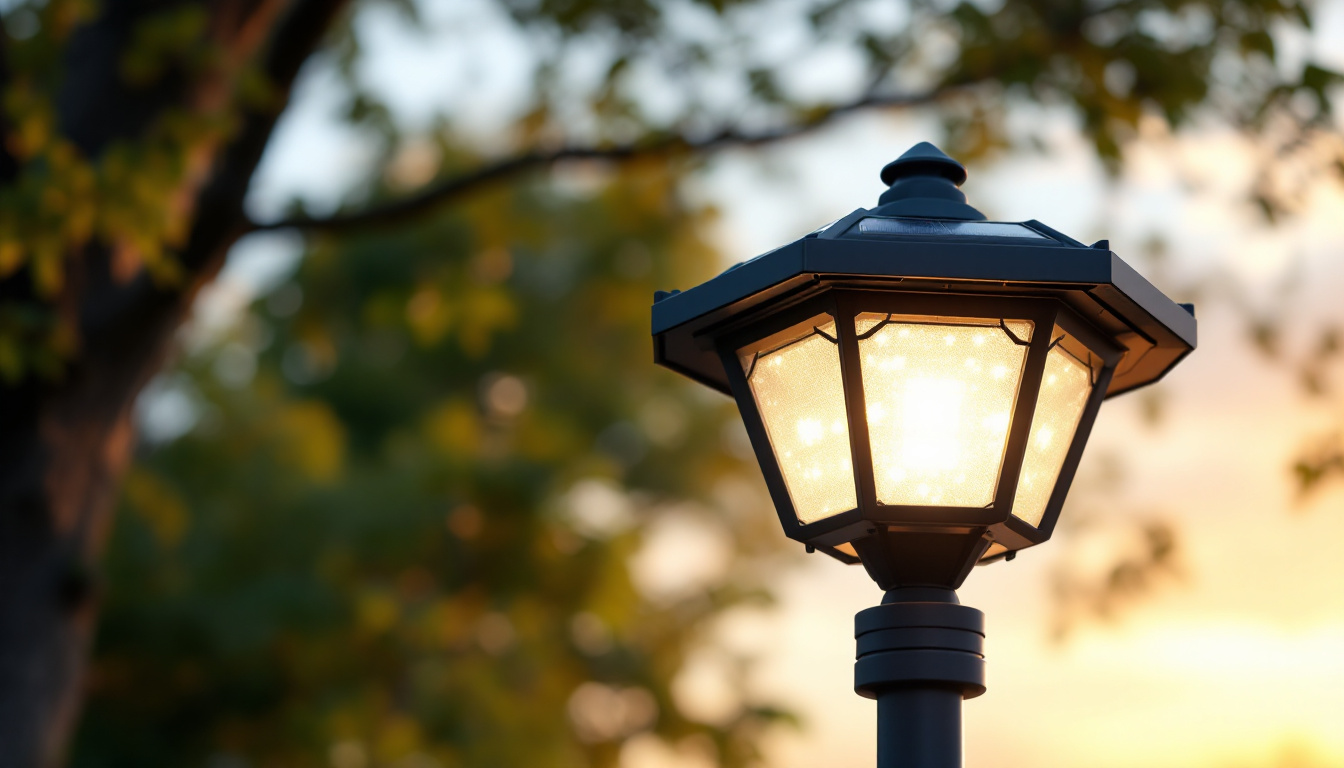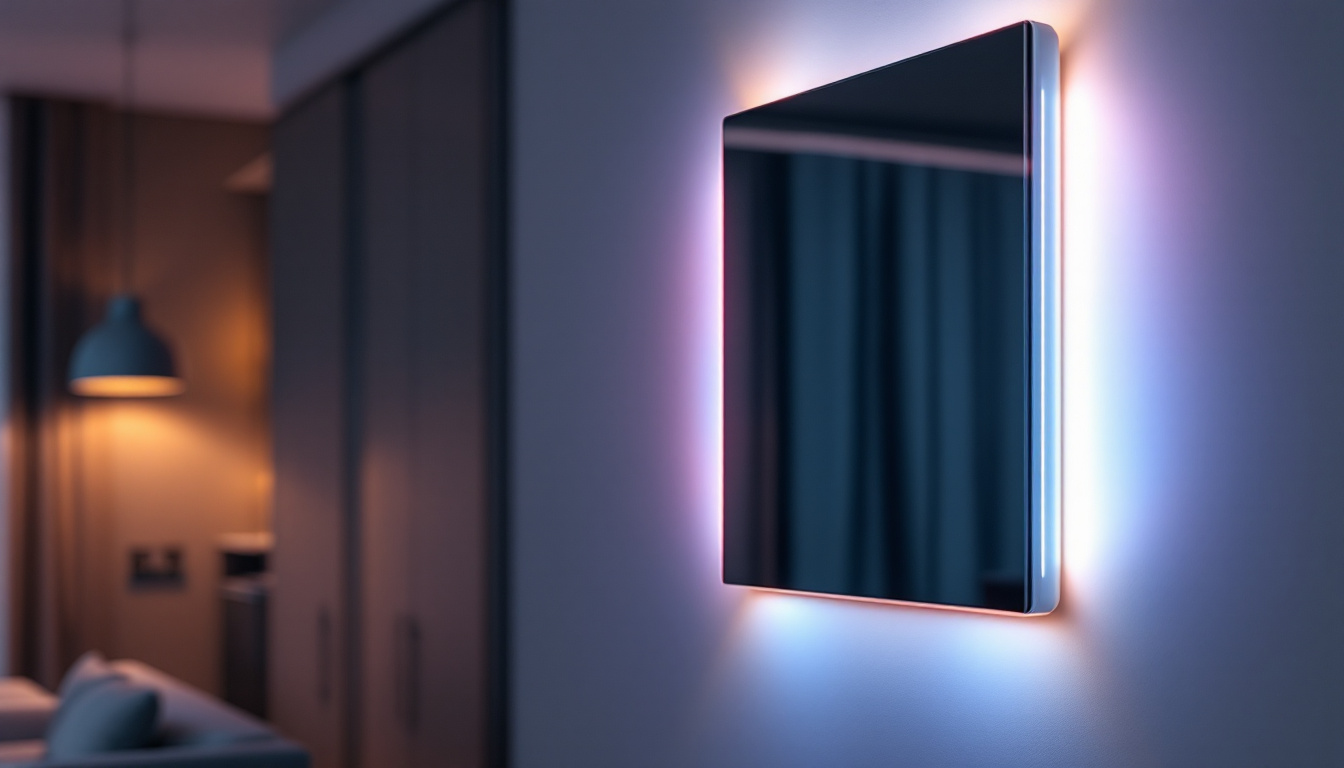
As the demand for energy-efficient lighting solutions continues to rise, lighting contractors are increasingly called upon to provide LED replacements for traditional can lights. This shift not only benefits the environment but also offers significant advantages to clients in terms of energy savings and longevity. Understanding the nuances of LED technology and its application in can lights is essential for lighting professionals aiming to stay ahead in this competitive market.
Light Emitting Diodes (LEDs) are semiconductor devices that emit light when an electric current passes through them. Unlike traditional incandescent or fluorescent bulbs, which rely on filaments or gas to produce light, LEDs convert nearly all the energy they consume into light, making them much more efficient. This fundamental difference not only results in lower energy consumption but also significantly reduces heat output, which can be a critical factor in various applications. The minimal heat produced by LEDs means they can be used in fixtures where heat buildup could be a concern, such as enclosed spaces or in proximity to heat-sensitive materials.
Furthermore, LEDs are available in a wide range of color temperatures, allowing contractors to offer clients tailored lighting solutions that meet their aesthetic and functional needs. From warm, inviting tones to cool, crisp whites, the versatility of LED technology enhances the overall ambiance of any space. This adaptability extends beyond color temperature; LEDs can also be dimmed and controlled with smart technology, enabling users to customize their lighting experience further. This feature not only improves energy efficiency but also allows for dynamic lighting designs that can change with the time of day or the mood of the occupants.
Replacing traditional can lights with LED options offers numerous advantages. First and foremost, the energy savings can be substantial. LEDs consume up to 80% less energy than incandescent bulbs, which translates to lower electricity bills for clients. Additionally, the lifespan of LEDs can exceed 25,000 hours, significantly reducing the frequency of replacements and maintenance costs. This longevity means that clients can enjoy consistent lighting without the hassle of frequent bulb changes, which can be particularly beneficial in hard-to-reach fixtures or high ceilings.
Moreover, LEDs are more durable and resistant to shock, vibrations, and temperature fluctuations, making them ideal for various environments, including residential, commercial, and industrial settings. This reliability can enhance client satisfaction and lead to repeat business and referrals for contractors. In addition, the eco-friendly nature of LEDs, which contain no harmful substances like mercury found in some fluorescent bulbs, aligns with the growing consumer demand for sustainable solutions. By choosing LED technology, clients not only save on energy costs but also contribute to a greener planet, making it a win-win scenario for both contractors and their customers. The ability to recycle LEDs at the end of their life cycle further enhances their appeal as a responsible lighting choice in today’s environmentally conscious market.
When selecting LED replacements for can lights, compatibility with existing fixtures is a crucial consideration. Many can lights are designed for specific bulb types, and not all LED bulbs will fit seamlessly into these fixtures. It is essential for contractors to assess the size, shape, and type of the existing can light to ensure a proper fit.
Additionally, some can lights may require a compatible driver or transformer to function correctly with LED bulbs. Understanding the electrical requirements and limitations of the existing setup can save time and prevent costly mistakes during installation. Furthermore, it is advisable to check for any dimming capabilities that the existing fixtures may have, as not all LED bulbs are compatible with dimmer switches. Using an incompatible bulb can lead to flickering or even damage to the bulb or fixture, which can be frustrating for both contractors and clients alike.
Another critical factor to consider is the color temperature and brightness of the LED replacement. Color temperature is measured in Kelvin (K), and it plays a significant role in the mood and functionality of a space. For instance, warmer tones (2700K-3000K) are often preferred for residential settings, while cooler tones (4000K-5000K) are more suitable for commercial spaces.
Brightness, measured in lumens, is also vital. Contractors should ensure that the LED replacement provides adequate illumination for the intended application. It is essential to balance energy efficiency with the client’s lighting needs, as too dim or overly bright lighting can detract from the overall experience. Additionally, considering the Color Rendering Index (CRI) is important, as it measures how accurately colors are displayed under the light. A higher CRI rating (above 80) is typically preferred in settings where color accuracy is critical, such as art studios or retail environments, ensuring that products and artworks are showcased in their best light.
Installing LED replacements for can lights requires specific techniques to ensure optimal performance and longevity. Contractors should begin by turning off the power supply to the fixtures to avoid any electrical hazards. Following the manufacturer’s instructions for installation is crucial, as improper installation can lead to flickering, buzzing, or even failure of the LED bulbs.
In addition, ensuring that the fixtures are clean and free from dust and debris can enhance the performance of the LEDs. Dust can obstruct light output and reduce the overall efficiency of the lighting system. A thorough inspection of the wiring and connections is also advisable to identify any potential issues that may affect the installation.
Heat management is another essential aspect of LED installation. While LEDs generate less heat than traditional bulbs, they can still produce some heat that needs to be dissipated effectively. Ensuring that the can lights are properly ventilated can prevent overheating and prolong the lifespan of the LEDs.
Contractors should also consider using LED fixtures designed with built-in heat sinks, which help to dissipate heat away from the bulb. This feature can enhance performance and reliability, ultimately benefiting the client.
Lighting contractors must stay informed about local building codes and regulations regarding LED installations. Many regions have specific guidelines that dictate the types of lighting that can be used in residential and commercial settings. Familiarity with these codes ensures compliance and helps avoid potential legal issues.
Additionally, understanding energy efficiency standards, such as those set by the Department of Energy or local utility companies, can provide contractors with insights into available rebates and incentives for clients. This knowledge can be a valuable selling point when discussing LED replacements.
Safety should always be a top priority during any lighting installation. Contractors should adhere to best practices, including the use of personal protective equipment (PPE) and proper tools. Ensuring that all electrical work is performed by a qualified electrician is critical to maintaining safety standards and preventing accidents.
Moreover, educating clients about the importance of regular maintenance and inspections can help prolong the life of the LED installations and ensure ongoing safety in their spaces.
Effective communication with clients is vital when discussing LED replacements for can lights. Many clients may not fully understand the advantages of switching to LED technology. Lighting contractors should take the time to explain the energy savings, longevity, and environmental benefits associated with LED lighting.
Providing clients with clear comparisons between traditional lighting and LED options can help them make informed decisions. Visual aids, such as charts or graphs, can effectively illustrate potential savings and performance enhancements.
There may be concerns or misconceptions regarding LED lighting that contractors need to address. For instance, some clients may believe that LEDs do not provide sufficient brightness or that they are too expensive. By providing accurate information and demonstrating the long-term cost-effectiveness of LEDs, contractors can alleviate these concerns.
Additionally, offering a warranty or guarantee on LED products can instill confidence in clients, assuring them of the quality and reliability of the installation.
The LED lighting industry is continually evolving, with advancements in design and technology enhancing performance and efficiency. One notable trend is the development of smart LED lighting systems that allow for remote control and automation. These systems can be integrated with home automation platforms, providing clients with greater control over their lighting environments.
Furthermore, advancements in color tuning and dimming capabilities are making LEDs even more versatile. Contractors should stay informed about these trends to offer clients the latest and most innovative solutions available.
As sustainability becomes a more prominent concern for consumers, the demand for environmentally friendly lighting solutions is expected to grow. LEDs are inherently more sustainable than traditional lighting options, but contractors can further enhance their offerings by promoting products that are made from recyclable materials or that have low environmental impact during production.
By positioning themselves as environmentally conscious contractors, lighting professionals can attract clients who prioritize sustainability in their purchasing decisions.
In conclusion, the transition to LED replacements for can lights presents a significant opportunity for lighting contractors. By understanding the technology, installation techniques, safety standards, and client communication strategies, contractors can position themselves as knowledgeable and reliable professionals in the industry.
With the growing emphasis on energy efficiency and sustainability, embracing LED technology not only benefits clients but also enhances the contractor’s reputation and business prospects. By staying informed about advancements in LED technology and addressing client concerns effectively, lighting contractors can thrive in this evolving market.
Ultimately, the move towards LED replacements is not just a trend; it represents a fundamental shift in how lighting is approached. By embracing this change, contractors can ensure their success and contribute positively to the environment and their clients’ satisfaction.
Ready to take advantage of the LED revolution for your next project? At LumenWholesale, we provide lighting contractors with the highest quality, spec-grade LED products at wholesale prices that can’t be beaten. Say goodbye to local distributor markups and hello to a vast selection of reliable, high-performance lighting that meets the strictest industry standards. With the convenience of free shipping on bulk orders, you can stock up on superior lighting solutions and pass on the savings to your clients. Don’t compromise on quality or value—visit LumenWholesale for Wholesale Lighting at the Best Value and elevate your lighting game today.

Discover innovative cost-saving strategies for lighting contractors with LED stick lighting.

Discover how solar lamps are revolutionizing outdoor lighting for contractors.

Discover how the innovative LED strip wall-mounted smart panel for CCT color temperature is revolutionizing the lighting industry.

Explore essential basement lighting ideas with a focus on compliance and expert insights.